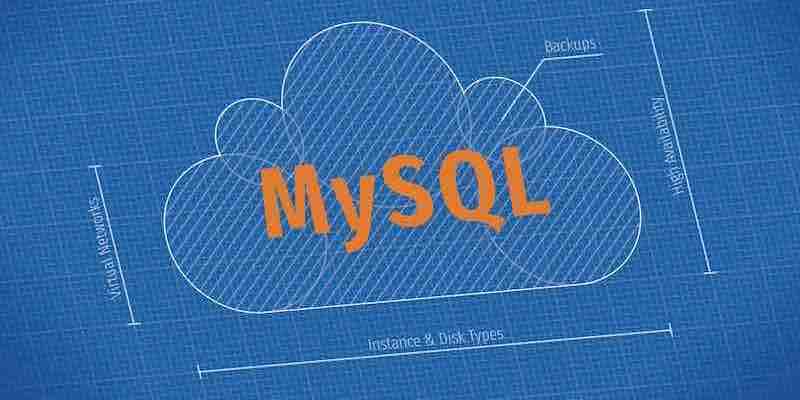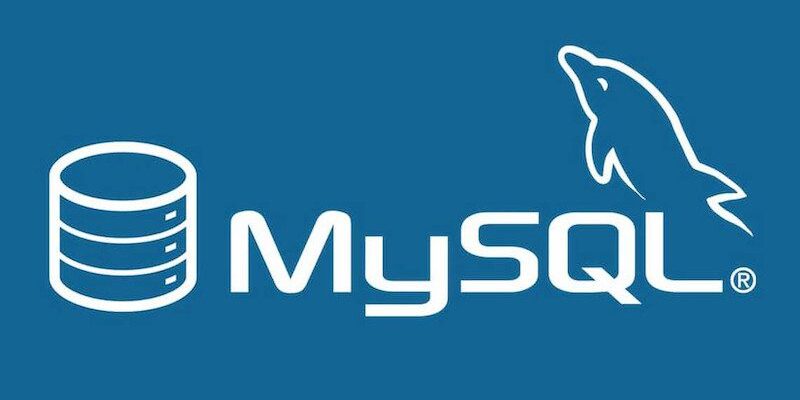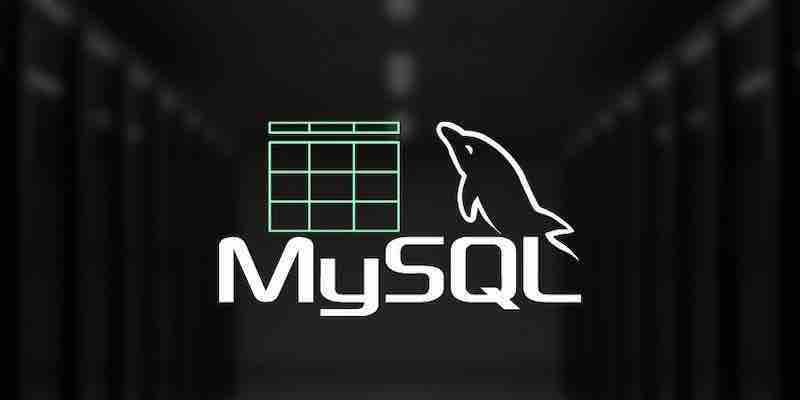Redis, an in-memory data structure store, is often used as a database, cache, and message broker. Its versatility and speed make it a popular choice among developers. The possibilities are endless when combined with Python, one of the most widely-used programming languages. In this article, we’ll explore the basics of […]
Devamını Oku
In cloud computing, data is the driving force behind innovation and business success. As businesses strive to extract valuable insights from vast and interconnected datasets, graph databases have emerged as a powerful solution. Amazon Web Services (AWS) Neptune is a fully managed graph database service that enables organizations to build […]
Devamını Oku
AWS GuardDuty is a cloud-based threat detection service that monitors your AWS accounts and workloads for malicious or unauthorized activity. You can use AWS GuardDuty to detect and respond to threats such as compromised instances, reconnaissance, port scanning, denial of service attacks, and more. AWS GuardDuty can also integrate with […]
Devamını Oku
The article Towards Data Science by Shailey Dash explores the Markov Decision Process (MDP), which forms the theoretical foundation of reinforcement learning problems. It delves into the stochastic theory underlying MDPs, which is crucial for understanding reinforcement learning (RL) in both theory and practice. Understanding the Markov Decision Model in […]
Devamını Oku
If you want to insert rows from a SELECT query into another table, ensuring that unique rows are inserted (based on the unique constraints of the target table), you can use the INSERT IGNORE statement. The INSERT IGNORE the command will insert rows from the SELECT query into the target […]
Devamını Oku
In MySQL, there isn’t a native BOOLEAN data type. However, BOOLEAN it is an alias for TINYINT(1). When you define a column of type BOOLEAN, MySQL internally creates it as a TINYINT(1) column. In this context: For example, the following two table definitions are equivalent: When you insert values into […]
Devamını Oku
Oracle has announced a series of significant enhancements to its MySQL HeatWave, introducing support for vector store, generative AI, and a range of in-database machine learning features. These updates are set to revolutionize the way customers interact with their data. One of the standout features is the vector store, currently […]
Devamını Oku
A window function in MySQL is a type of function that performs a calculation across a set of related rows without grouping or aggregating the data. Window functions are also known as analytic functions or ranking functions. Window functions are different from regular aggregate functions, such as SUM(), AVG(), MAX(), […]
Devamını Oku
To restart the MySQL server from within the MySQL command line interface, you generally need superuser or administrative privileges on the operating system on which the MySQL server is running. MySQL itself does not provide a SQL command to restart the server. However, you can accomplish this by calling a […]
Devamını Oku
In MySQL, VARCHAR and LONGTEXT are two different data types used to store character strings. VARCHAR is a variable-length character string type that can store up to 65,535 characters. When you define a VARCHAR column, you need to specify the maximum number of characters it can hold. For example, if […]
Devamını Oku









